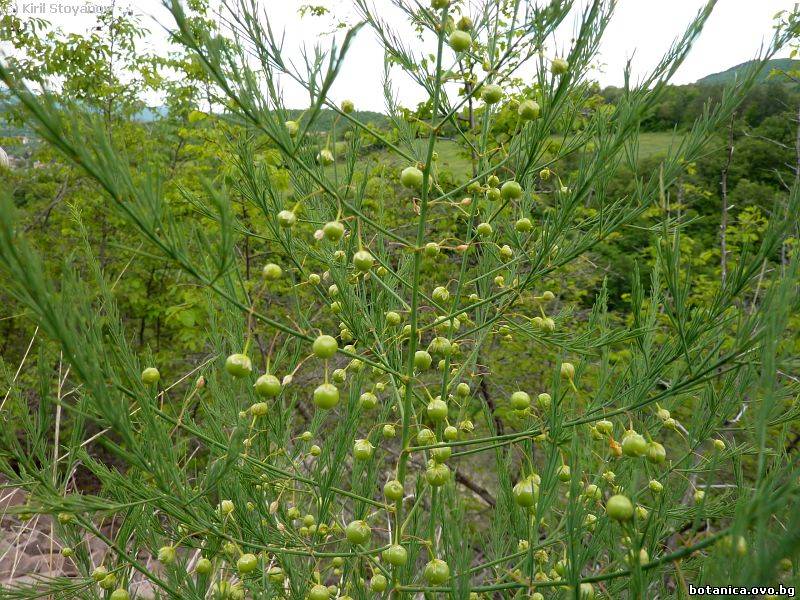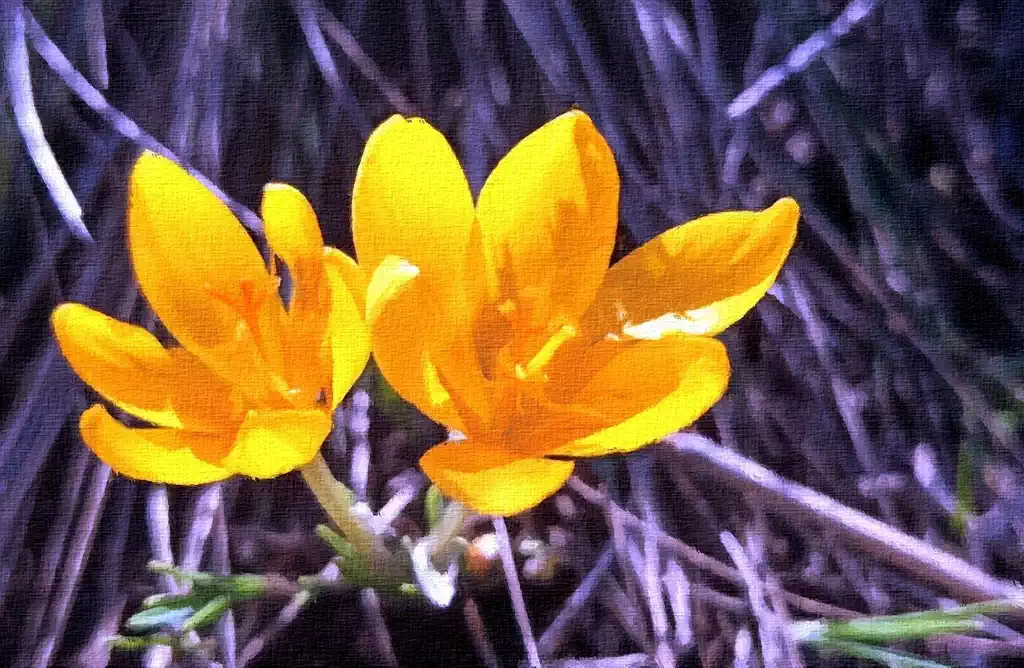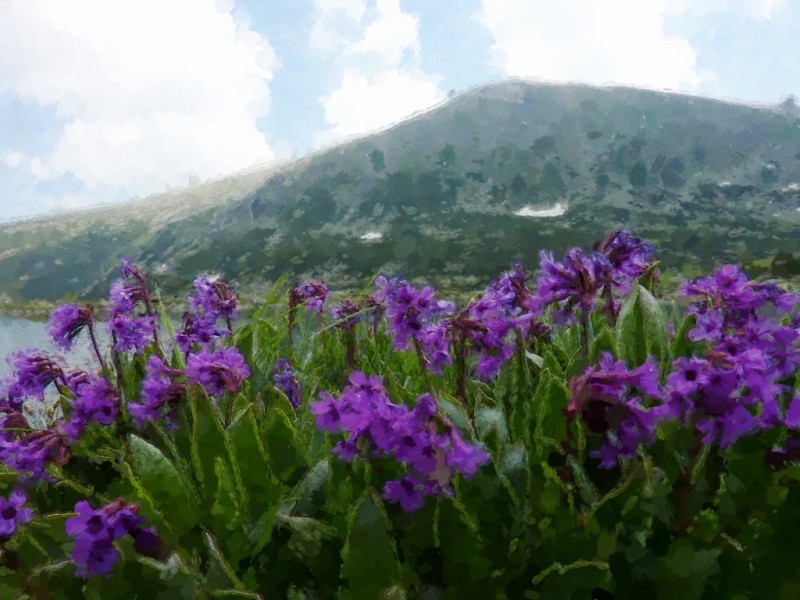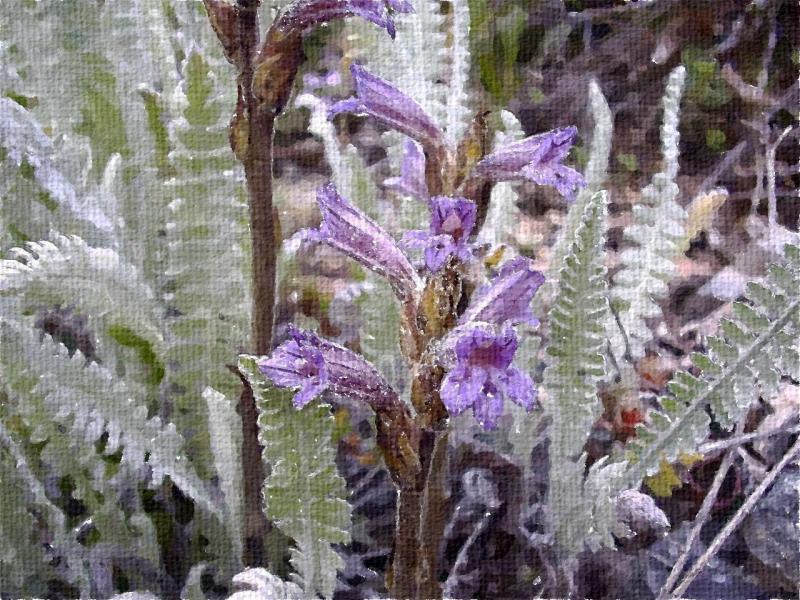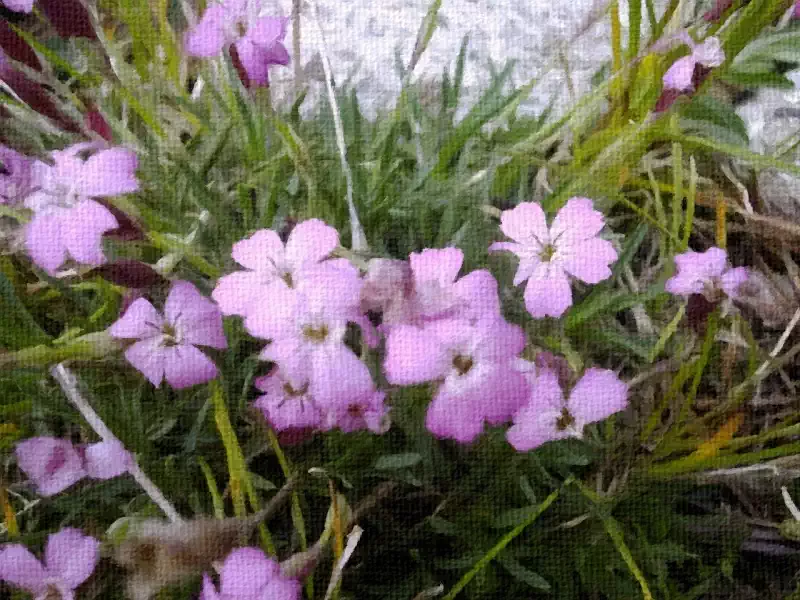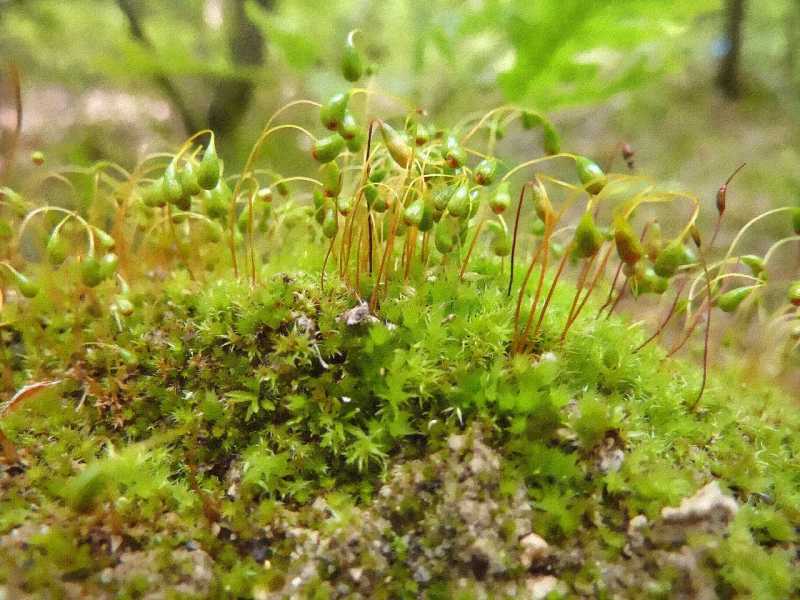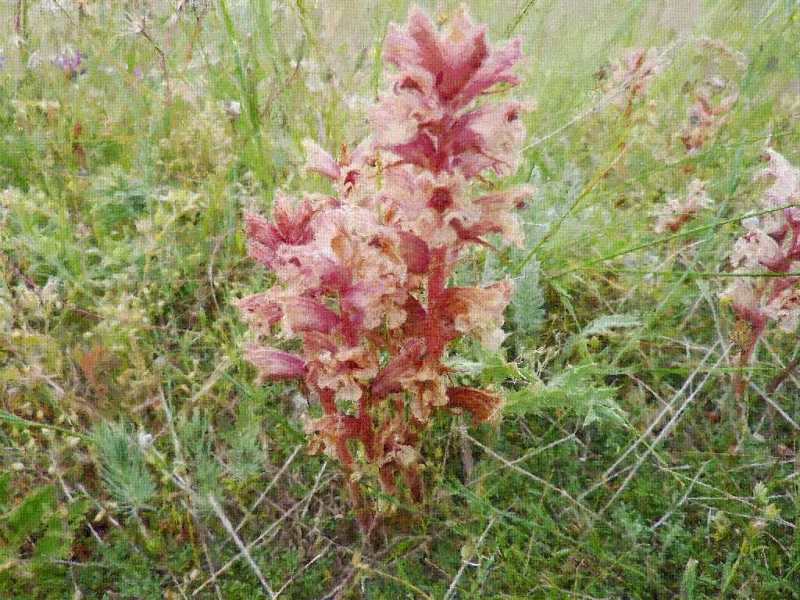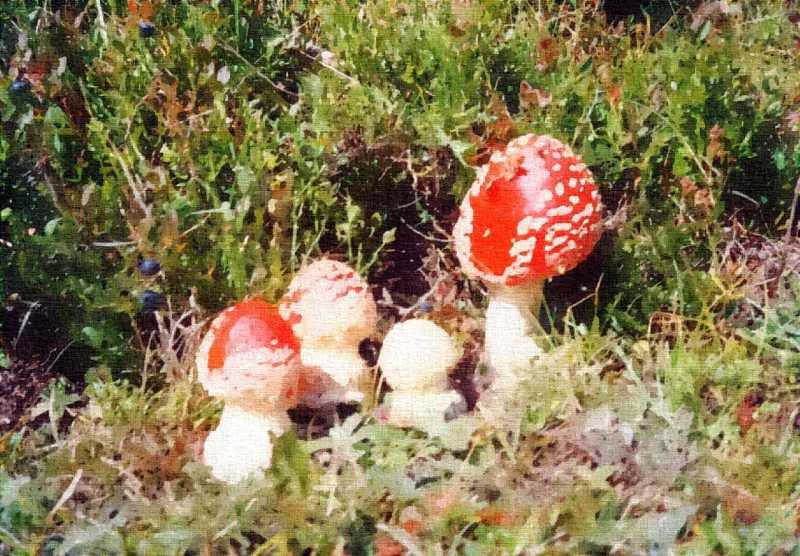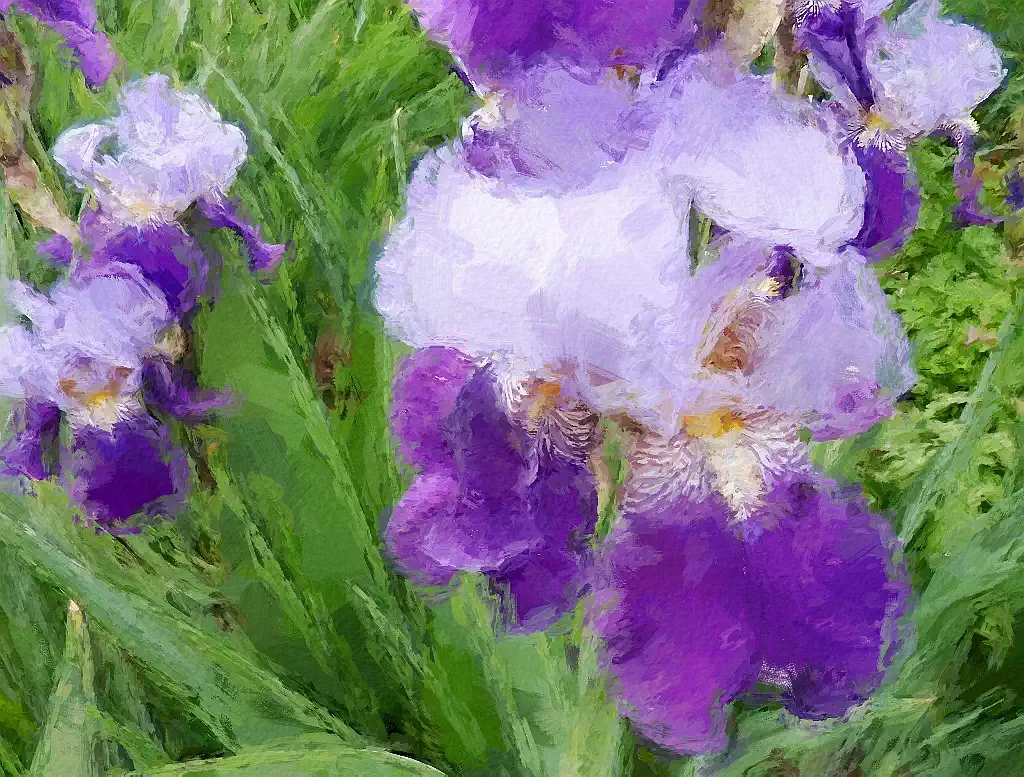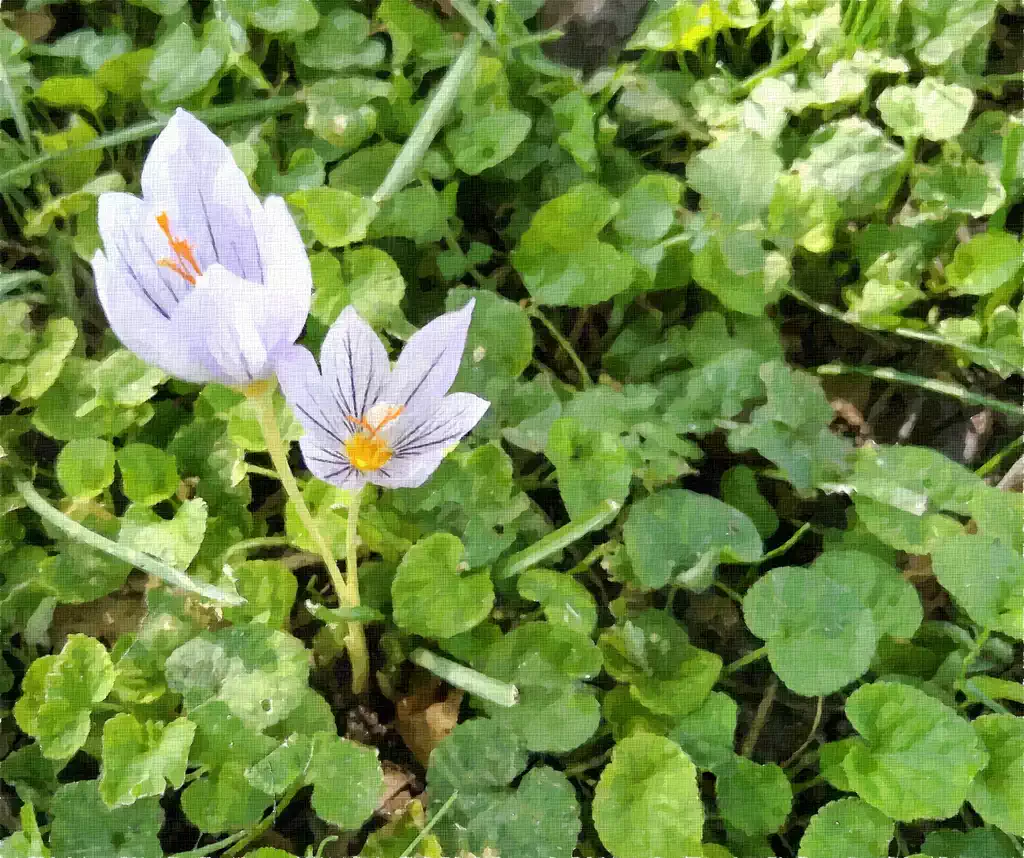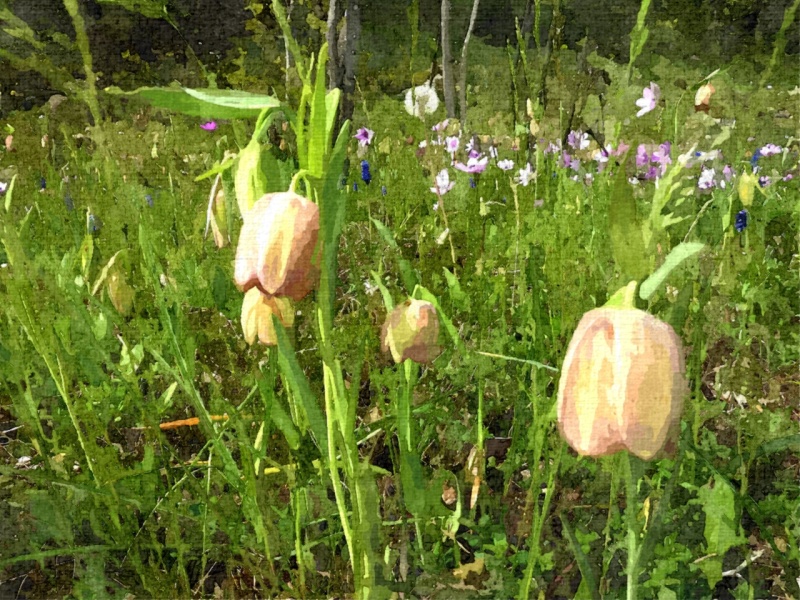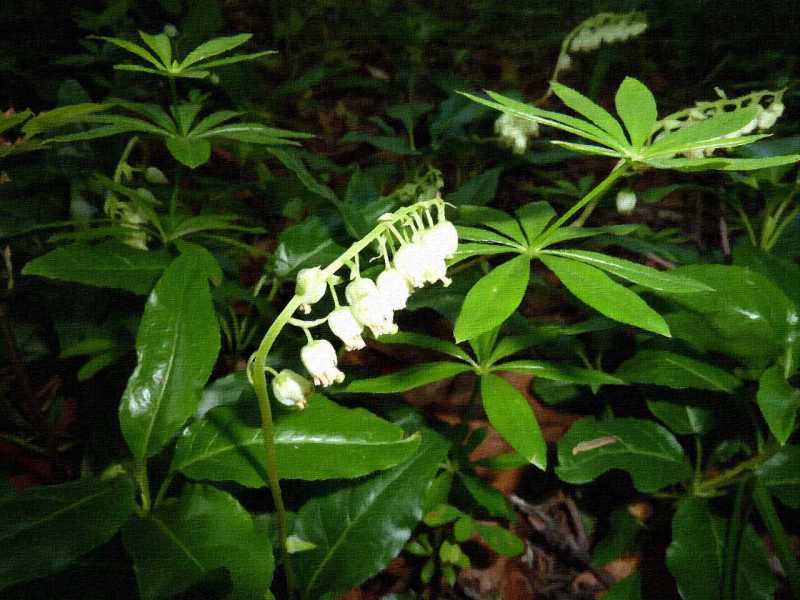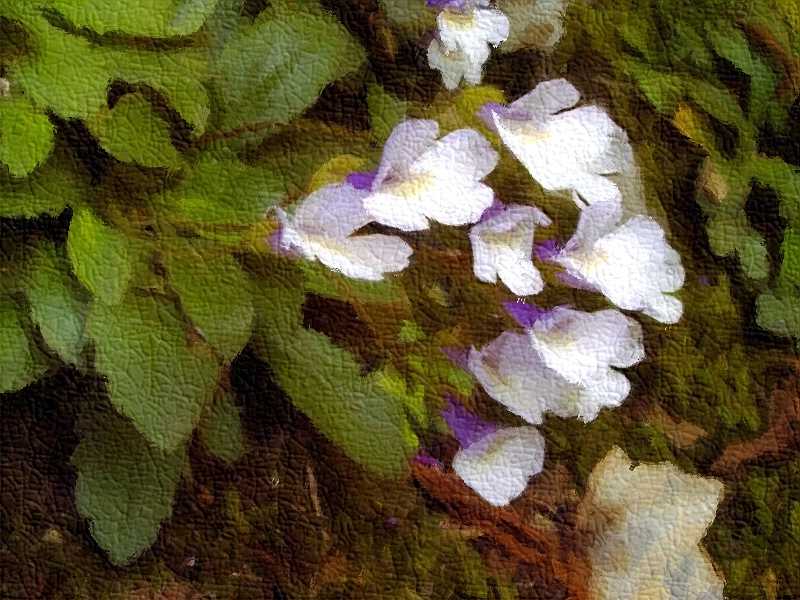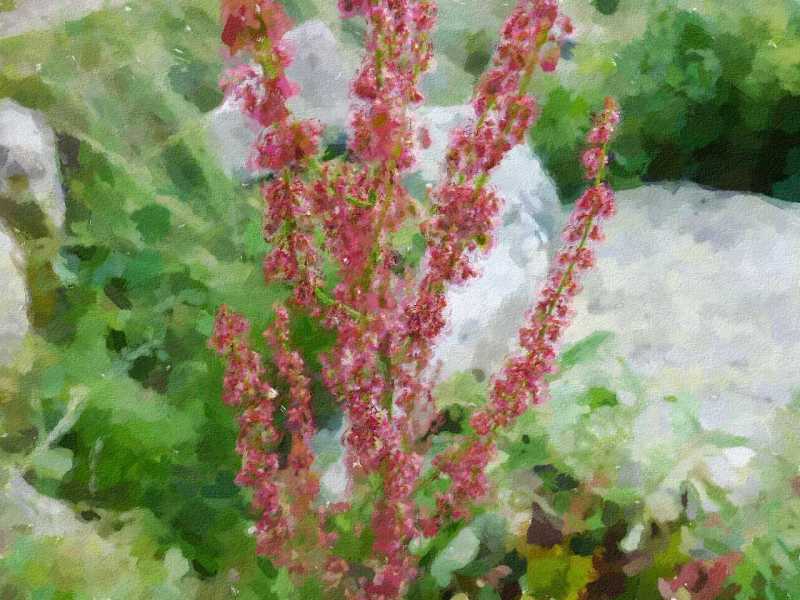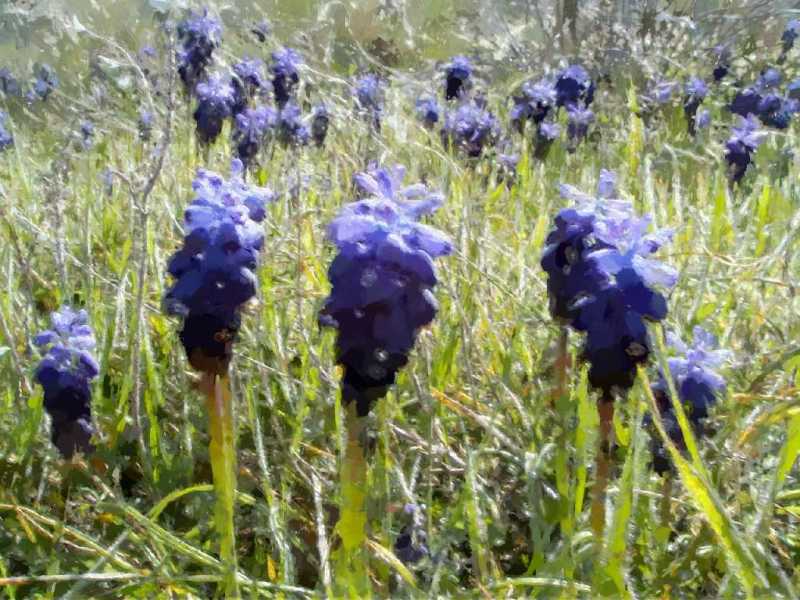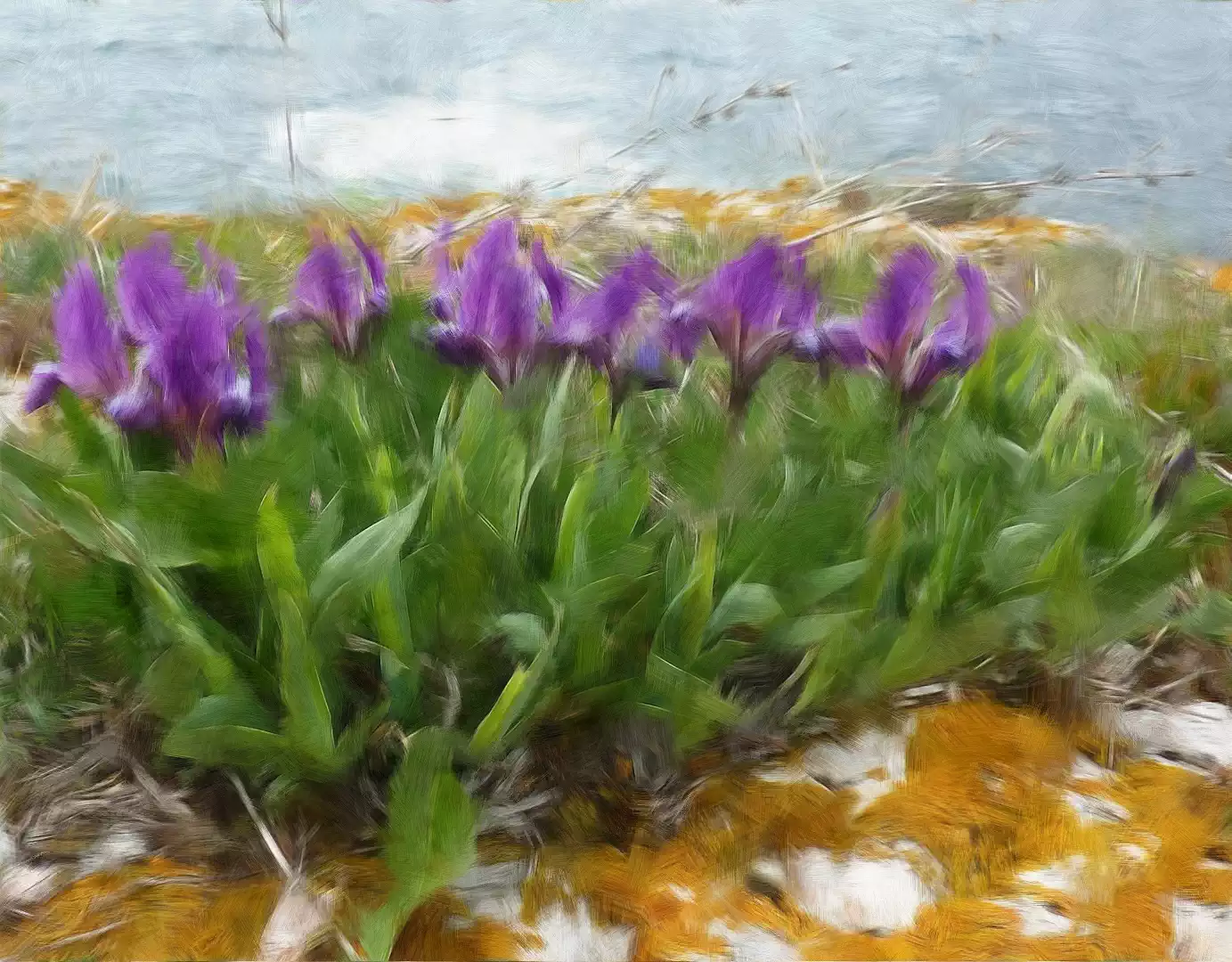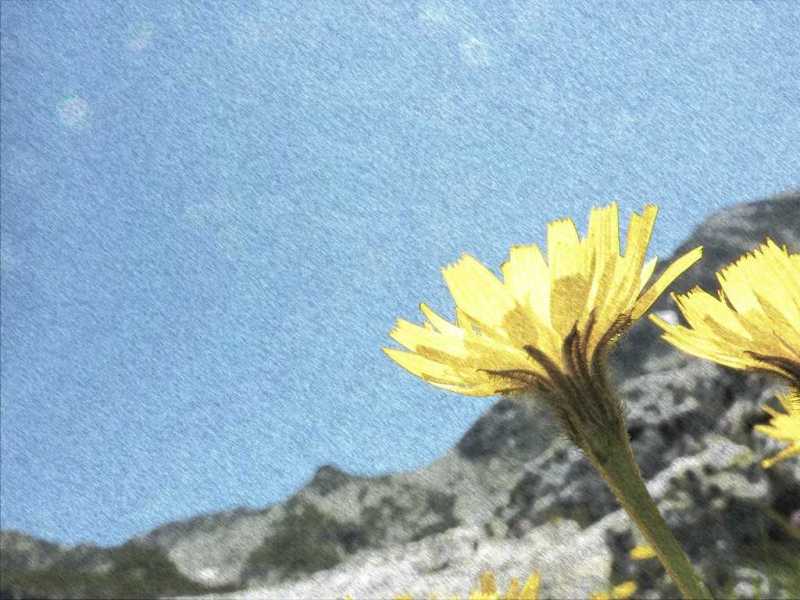PDF
Raycheva T. & Stoyanov K. 2013.
Comparative anatomical study of five species of genus Asparagus in Bulgaria.
Trakia Journal of Sciences, 2: 104-109.
Abstract
The current study represents investigation on morphological and anatomical characters of five native species of genus Asparagaceae – Asparagus tenuifolius, A. acutifolius, A. maritimus, A. verticillatus and A. officinalis. Anatomical sections were prepared of phylloclades and stems of the taxa to evaluatethe importance of anatomical parameters as a tool for the taxonomy. The anatomical sections of the phylloclades are species-specific and can be effectively used in taxonomy of the members of Asparagaceae. The number of palisade parenchyma cells and the number of vascular bundles are conservative and constant as indicators of species level, and make them reliable and convenient for taxonomic purposes. The structure of the stems in the studied Bulgarian species corresponds to their ecological specialization, but missed histological, discrete quantitative and qualitative differences are therefore a low informative for taxonomy of the genus Asparagus. The evaluated anatomical characters are used to build a determination key.
Key words: anatomy, phylloclade, stem, determination key, taxonomy.
[цитирано в: | cited in:]
- Ali M., Bahadur S., Hussain A., Seed S., Khuram I., Ullah M., Shao J.W., Akhtar. 2020. Foliar epidermal micromorphology and its taxonomic significance in Polygonatum (Asparagaceae) using scanning electron microscopy. Microscopy Research and Technique. https://doi.org/10.1002/jemt.23529 Scopus
- Boubetra K., Amirouche N., Amirouche R. 2022. Morpho-anatomical diversity of five species of genus Asparagus (Asparagaceae) from Algeria. Acta Bot Croat, 81 (2): 168–176. DOI: 10.37427/botcro-2022-014 Scopus
- Çıtak B.Y., Dural H., Uysal T. 2019. Comparative anatomical and morphological studies on six Muscari species (Asparagaceae). Biological Diversity and Conservation, 12/2 (2019) 141-150. DOI: 10.5505/biodicon.2019.92408
- Hajipour, S., Mohammadi Deylamani, m., Momen Zadeh, M. and Afshar Mohammadian, M., 2022. تصفیه برخی از آلودگی های پساب صنعتی ورودی به حوضه آبری ز دریای خزر با استفاده از گیاه وتیور [Purification of some industrial waste water contaminants entering the Caspian Sea basin using vetiver plant]. Environmental Sciences, 20(3): 191-210. DOI: 10.52547/envs.2022.1110
- Harb R.K., El-Kobisy O.S. & Desoukey S.F. 2016. Anatomical and chemical investigations on Asparagus officinalis L. (Asparagaceae). Arab Univ. J. Agric. Sci., 24(2): 655-663. DOI: 10.21608/ajs.2016.14811
- Kenza B., Nabila A. & Rachid A. 2022. Morpho-anatomical diversity of five species of genus Asparagus (Asparagaceae) from Algeria. Acta Botanica Croatica. DOI: 10.37427/botcro-2022-014 Scopus
- Maharjan S. & Shrestha R. 2015. Comparative root anatomical study of four wild Asparagus species found in Nepal. Bulletin of Department of Plant Resources, 37. Ministry of Forests and Soil Conservation, Nepal.
- Neda F., Iranbakhsh A. & Hamdi M. 2015. Anatomical studies of leaf, stem, rhizome and pollens in Polygonatum (Asparagaceae) in Iran. Quarterly Journal of Developmental Biology, 7(4): 55-67. (in Persian)
- Solano E., Terrazas T. & Gonzales-Becerril A. 2013. Comparative anatomy of the stem, leaf and inflorescence basal axis of Polianthes L. (Asparagaceae, Agavoideae) species. Feddes Repertorium 2013, 124, 105–115. DOI: 10.1002/fedr.201300017. Scopus
- 23-زیست شناسی تکوینی سال دهم، شماره 4 ،پاییز 1 34-. (Asparagus officinalis L.) بررسی ساختار تشریحی اندامهای رویشی و مراحل تکوین اندامهای زایشی در گیاه مارچوبه
[Frshth ‘Ebasa, Ahmad Majd, Farhad Farah Wash, Taher Njeadstara, ‘Elarda Taranjead. 2018 Изследване на описателната структура на вегетативните органи и етапи на образуване на репродуктивни органи при аспержите (Asparagus officinalis L.). Биология на развитието 10(4): 23-34.]- Yesil Y, Ozhatay FN. 2021. Scape, Rhizome and Root Anatomy of Polygonatum Species from Turkey. Eur J. Biol, 80(2): 164-172. DOI: 10.26650/EurJBiol.2021.1026981
